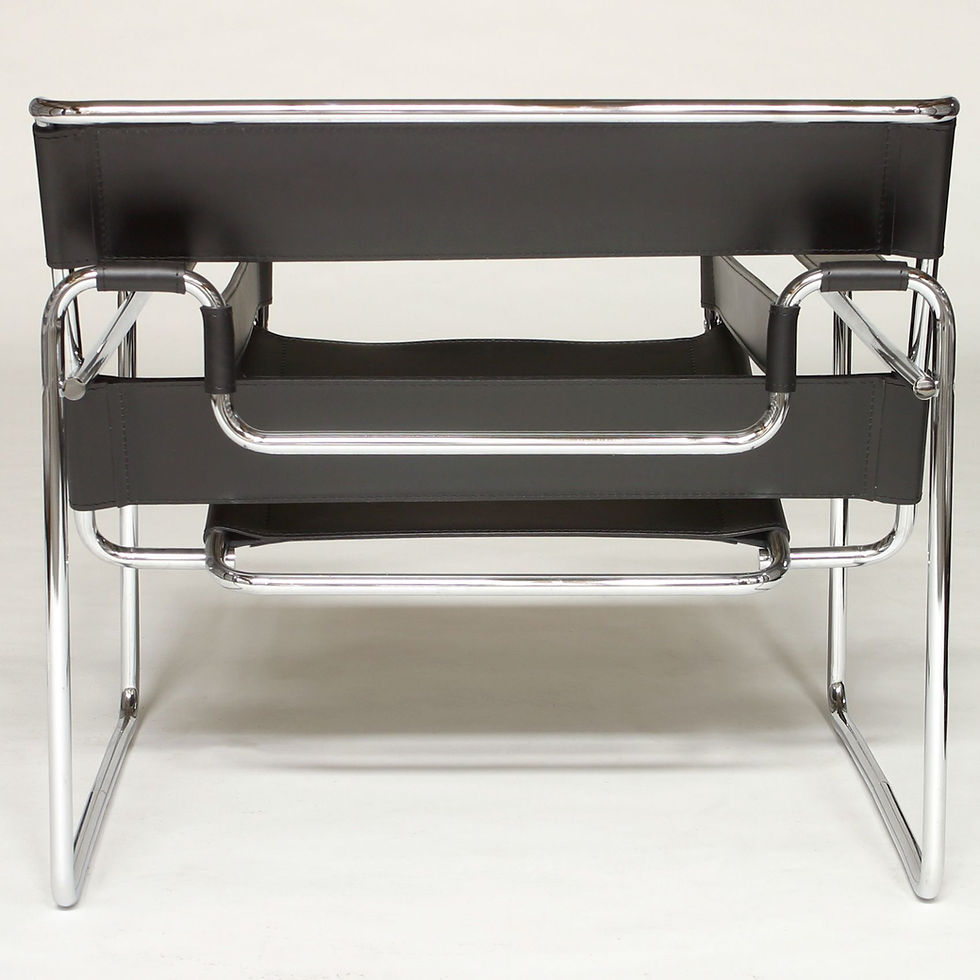TULIP DINING TABLE 1956
ABOUT THE QUALITY
Table with base in black or white lacquered cast aluminium. Top in black marquina or white calcutta marble. Made in Italy.
ABOUT THE PRODUCT
Eero Saarinen designed the Tulip range in the 1950’s, at the peak of his career. He developed the Tulip series as part of his designs for “organic furniture” with which he aimed to restore formal order to the interior setting. Ever since his time working with Charles Eames, he found a fascination creating “organic furniture,” that is furniture in a single form made from a single material. Saarinen’s vision was to free the interior space from the “sea of legs” that he thought created visual clutter. While his ideal was to construct his individual Tulip pieces from a solitary piece of moulded plastic, it was soon realized that it would be difficult to execute. Instead he focused on the graceful form and made the sacrifice of having an aluminium base that was necessary for proper support. The Tulip table and chair represents Saarinen’s execution of his ideal “organic furniture”. The “Tulip” chair and side table were actually made from both fiberglass and aluminum, but Eero Saarinen painted the entire base white in order to make it look as though it had been made from a single material.
ABOUT THE DESIGNER
Eero Saarinen
Eero Saarinen was born in Kirkkonummi, Finland in 1910. He studied in Paris and at Yale University, after which he joined his father’s practice. Eero initially pursued sculpture as his art of choice. After a year in art school, he decided to become an architect instead. Much of his work shows a relation to sculpture. Saarinen developed a remarkable range which depended on color, form and materials. Saarinen showed a marked dependence on innovative structures and sculptural forms, but not at the cost of pragmatic considerations. He easily moved back and forth between the International Style and Expressionism, utilizing a vocabulary of curves and cantilevered forms. Saarinen died in Ann Arbour, Michigan in 1961.





























